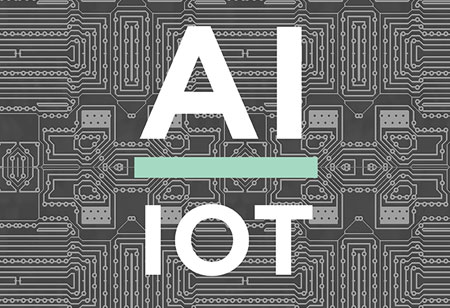THANK YOU FOR SUBSCRIBING
4 Reasons Why Digital Transformation should be a Top Down process
70 percent of digital transformation projects fail to reach their stated goals. This is often because these projects are built from bottom up.

By
Apac CIOOutlook | Tuesday, November 19, 2019
Stay ahead of the industry with exclusive feature stories on the top companies, expert insights and the latest news delivered straight to your inbox. Subscribe today.
70 percent of digital transformation projects fail to reach their stated goals. This is often because these projects are built from bottom up. In order to successfully undergo digital transformation, there has to be a collaboration of minds that is led from the top and requires every member of the board to play a vital role in the process.
Fremont, CA: Across almost every industry eligible for change, digital transformation has been the agenda of the business for some time now. Digital transformation can be described as the change in the way a company operates, in order to become an organization that is agile, data-centric, and capable of evolving rapidly. However, research shows that 70 percent of digital transformation projects fail to reach their stated goals. This is often because these projects are built from bottom up. In order to successfully undergo digital transformation, there has to be a collaboration of minds that is led from the top and requires every member of the board to play a vital role in the process.
Here are four reasons why digital transformations should be a top down process.
Role of the Board
It is essential that the c-suite must be engaged in the process of the digital transformation project in some way or the other. The CEO of the organization must take the lead and guide the company along the right path, leading from the front by example. He/she should choose the direction for the future of the company. The CIOs must decide how the flow of information has to change and who will be responsible for what information. The organization must reinvent their customer engagement strategies to adapt to a more digitally balanced environment.
As a whole, the executive level must also look at security and information ownership challenges that digital transformation may bring about, all of which are subject to radical change as the business model evolves. During the process of digital transformation, organizations often experience a difference in the work culture; from one that is hierarchical to one that is agile and has room for freedom. It is important that during this phase, the Human Resources department is heavily engaged and supportive of the digital transformation process.
Finding the right Approach
Each member of the c-suite plays a significant role in the digital transformation of an organization. Too much change at once is not a feasible approach and is one where the c-suite is likely to lose control of things. Hence, a contained approach to digital transformation is preferred by most organizations. In this way, the company can learn and grow from the changes and understand where the change could have taken place more efficiently. The executive-level must also be in charge of setting the direction and executing the right strategy for the company. Senior-most employees must understand the change being brought about and its impact and must convey the rest of the employees that the change is a lasting one rather than just a trial.
Level of Involvement
It is important for the top-level executives to be part of the entire process, from the planning stages until the implementation. However, this should not stop the c-suite from delegating work. Digital transformation is an evolutionary process, and very few organizations get it right the first time. As a result, the metrics for evaluation can be different from the general understanding of success and failure. Having the right kind of metrics in place is necessary to know if the digital transformation is on the right track or not. Once in place, work can be easily delegated amongst the employees, who now have an understanding that it is ok to fail during the process.
One of the majority of the fundamental mistakes of the organizations made was holding one person accountable for a failure. In most cases, the person held liable is removed from their position and replaced by another one. Once a replacement is found, the expectations change. This can be a damaging approach, as in most cases, failures occur due to organizational obstacles and are not entirely the fault of one employee.
Digital Transformation for Smaller Business
Many smaller businesses do not have formal executive officers. This can be a potential advantage when undergoing a digital transformation as they have a shorter line of communication that is agile, faster to respond, and do not suffer from organizational inertia. However, the risk is also high as even the slightest of mistakes during the process can cost the company heavily. Hence small business must try out things before implementing it. Having one person be the overall in charge of the whole process often works well for small businesses.
See Also:





